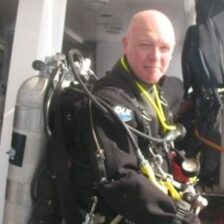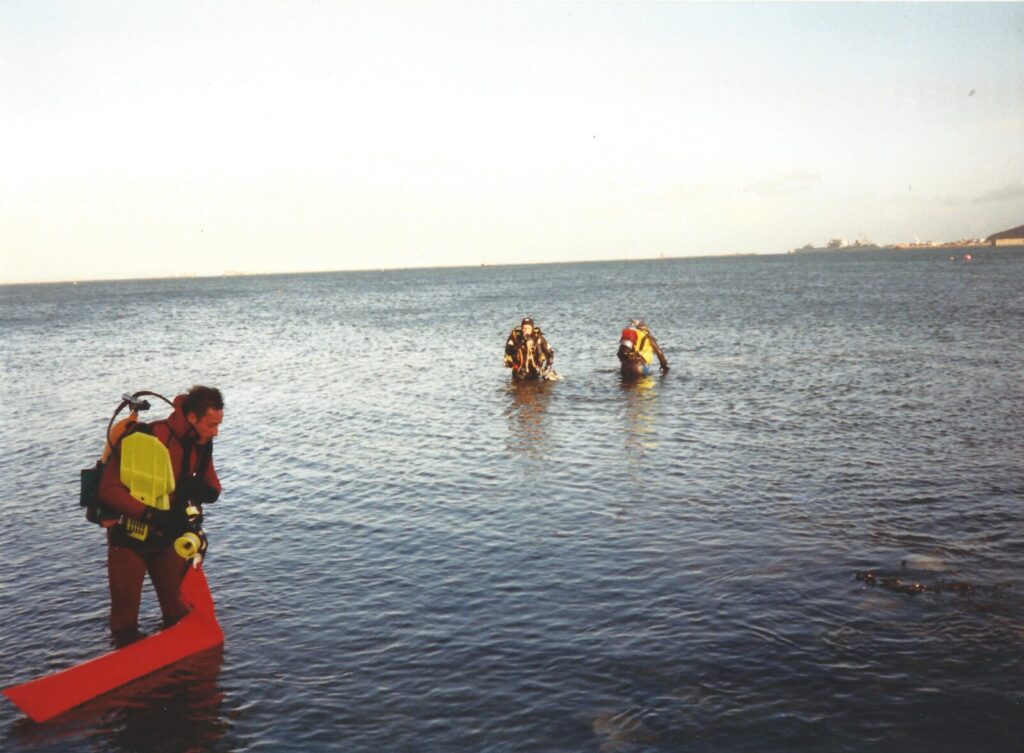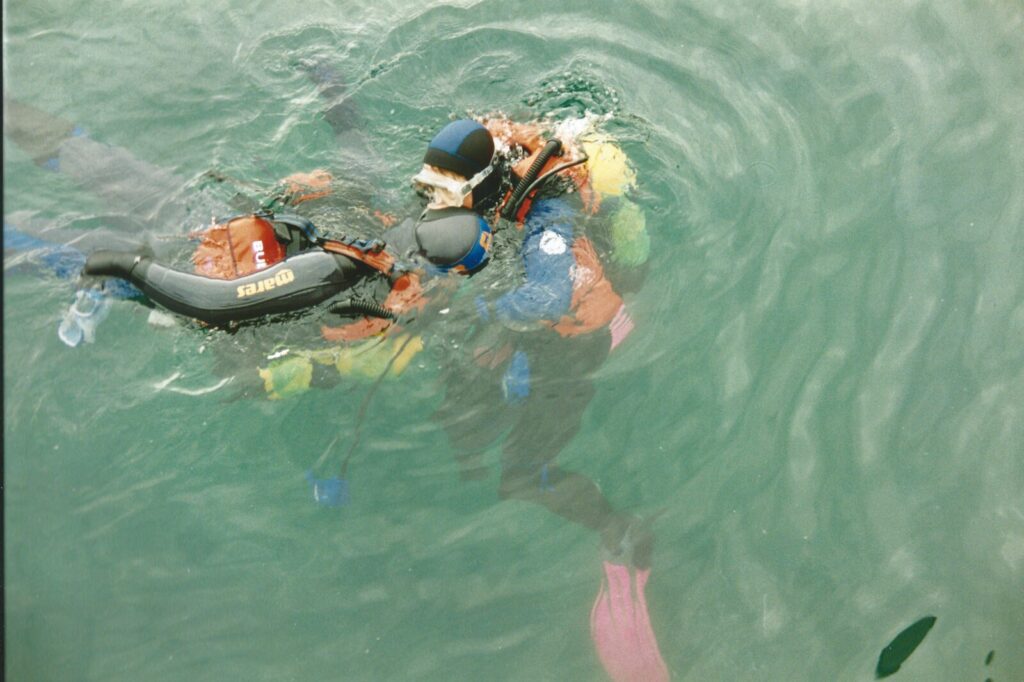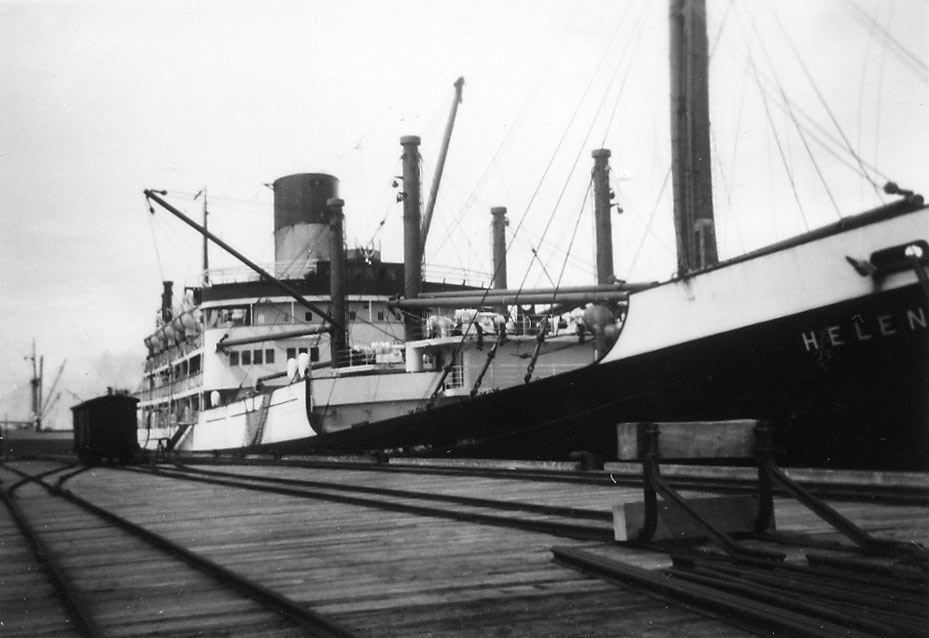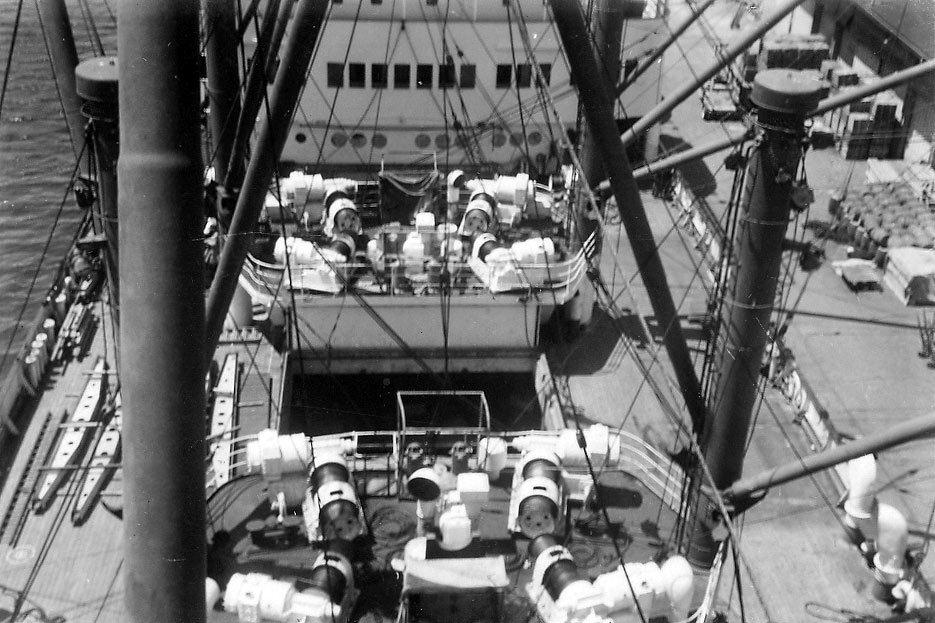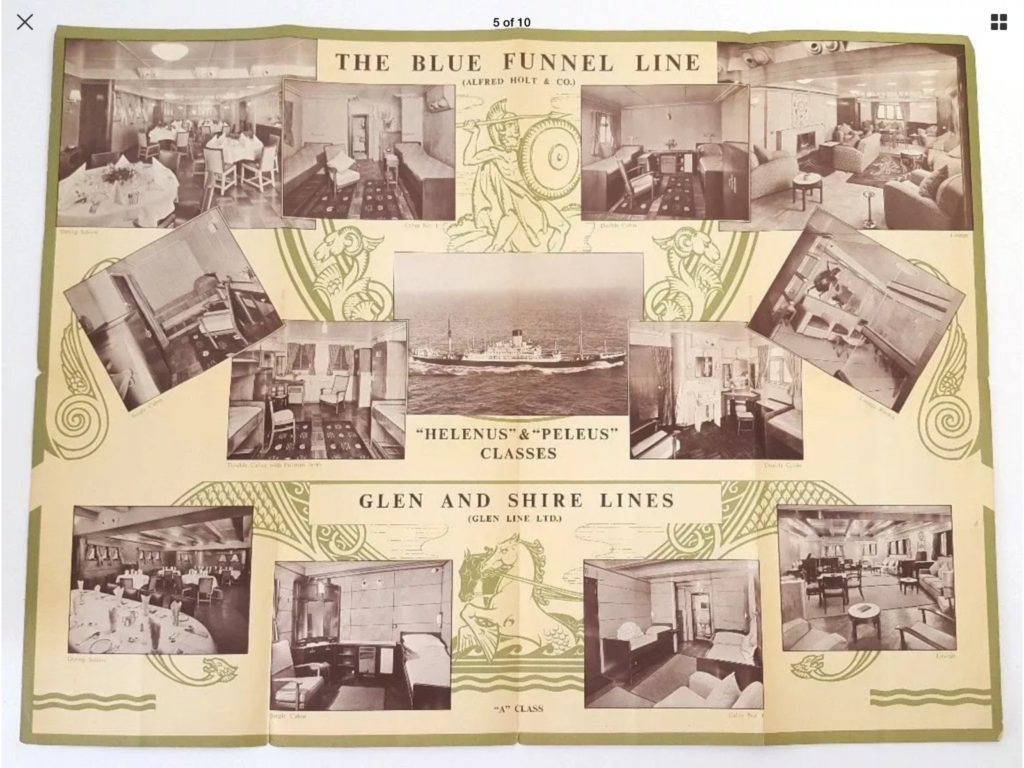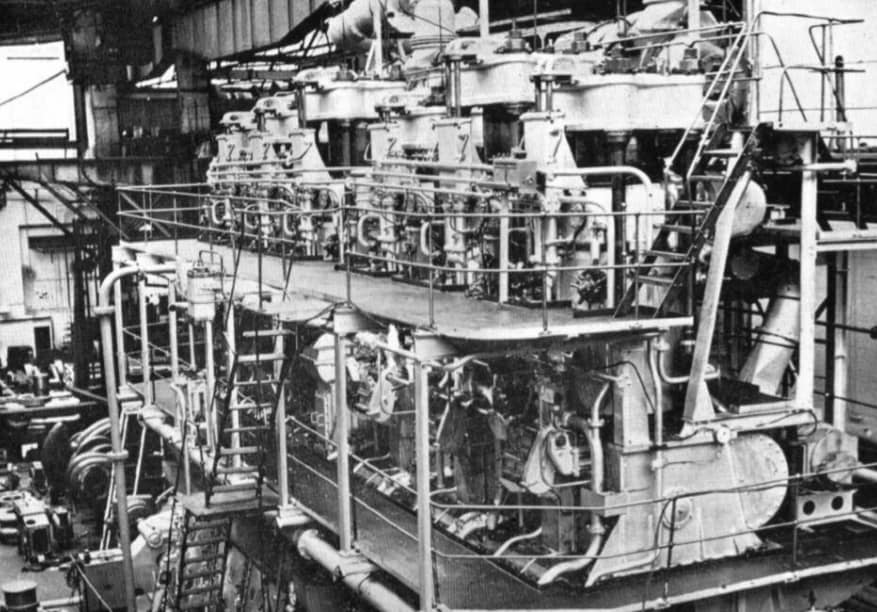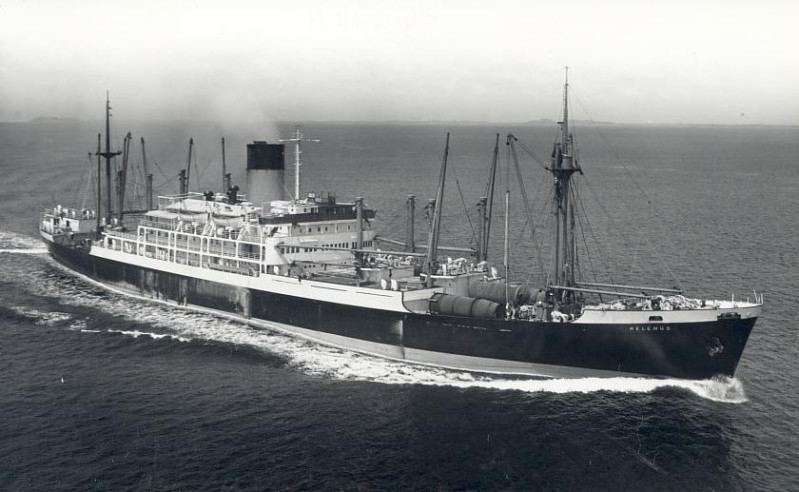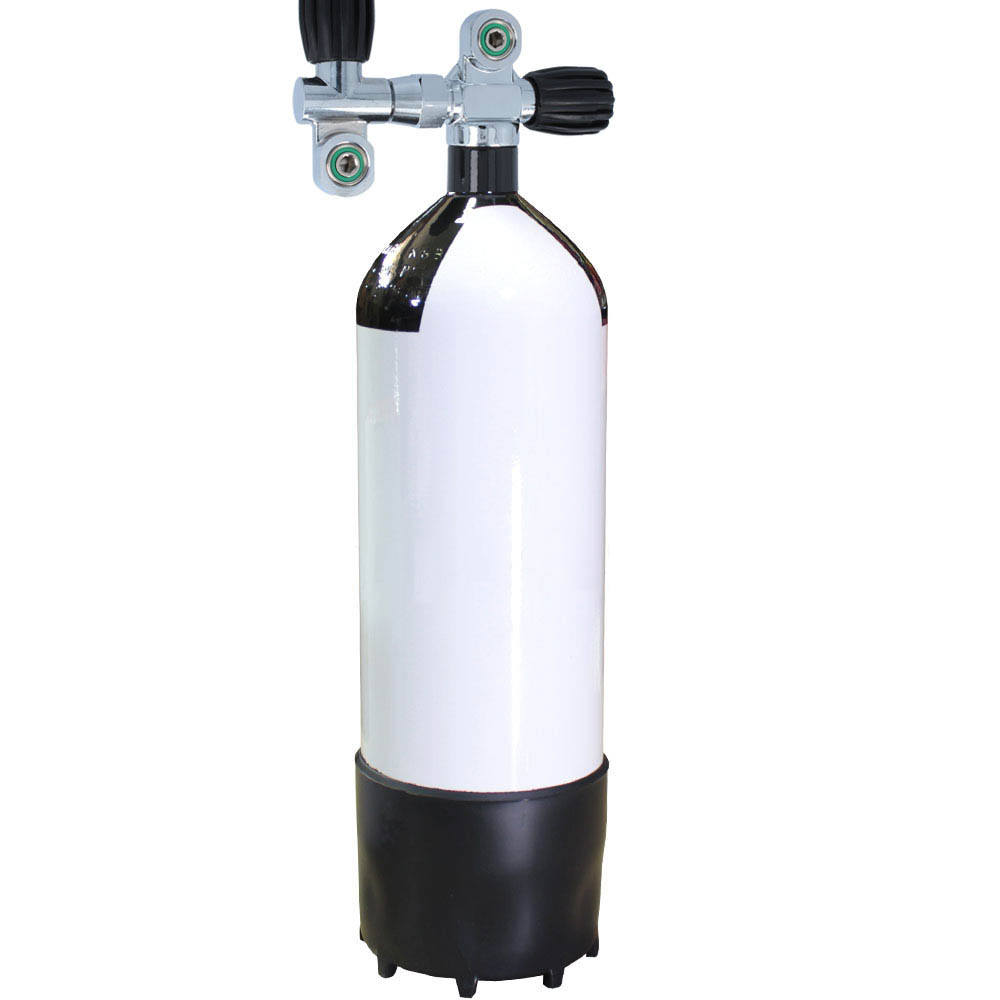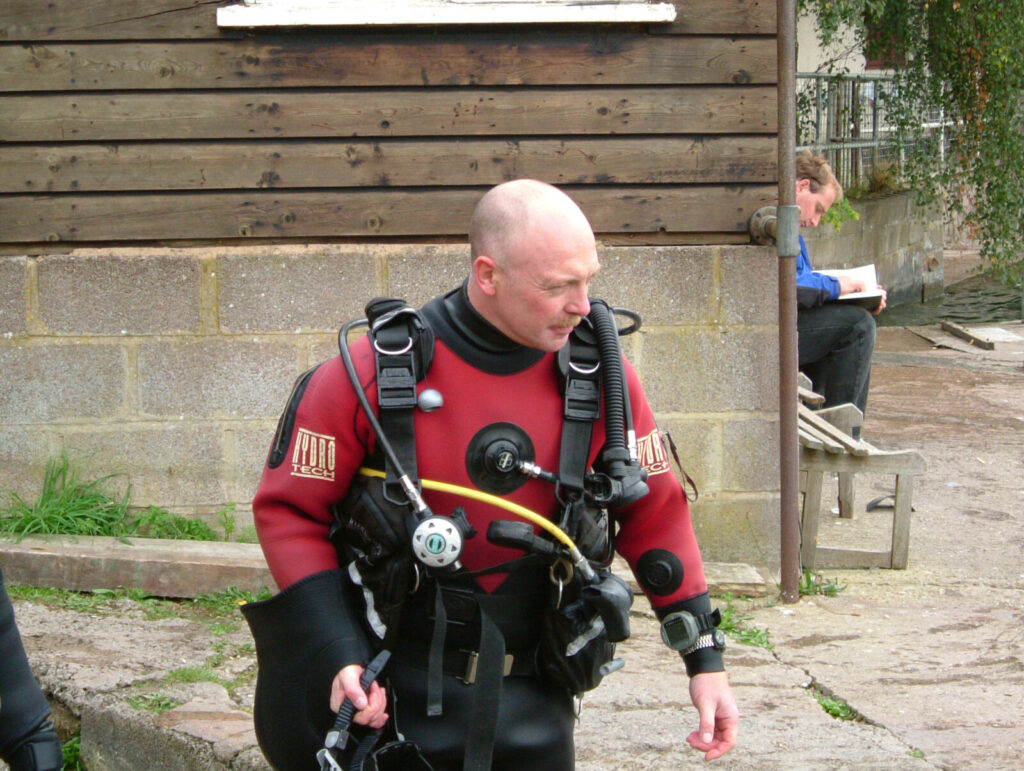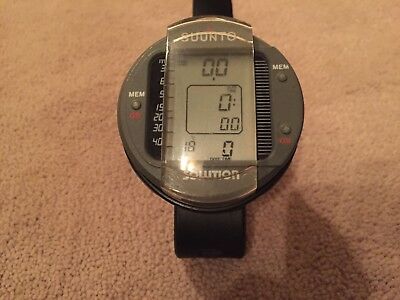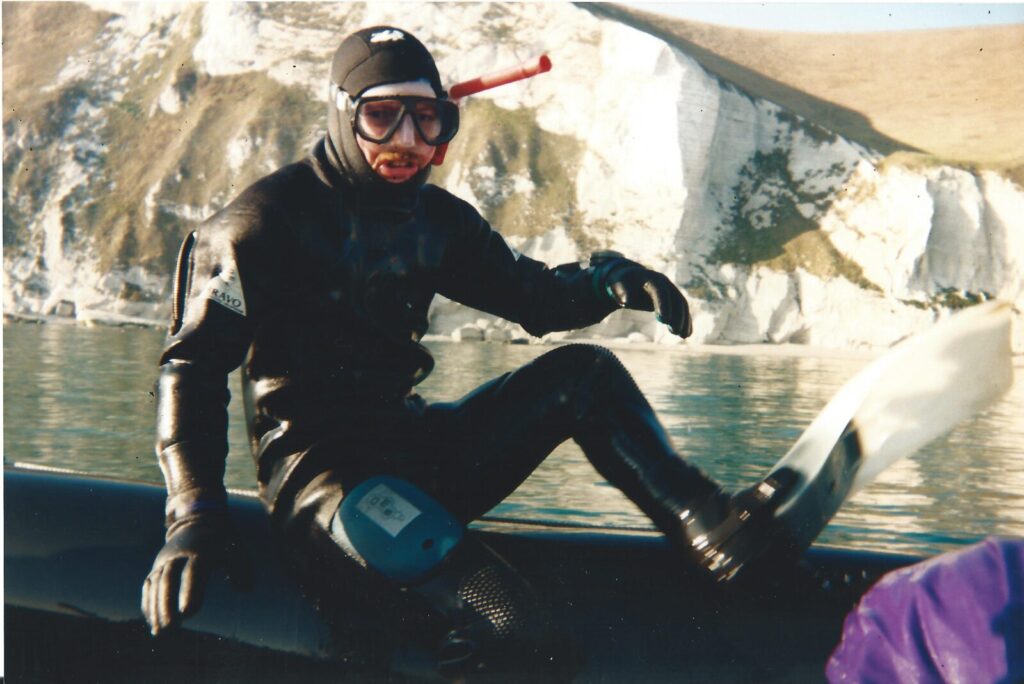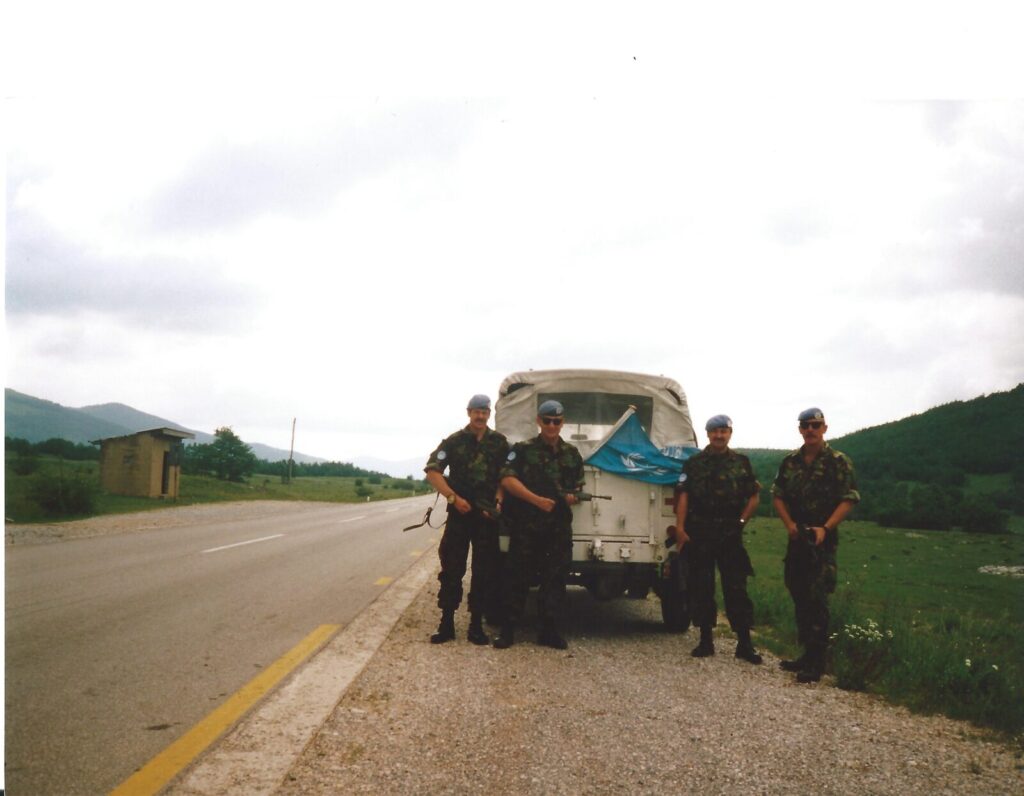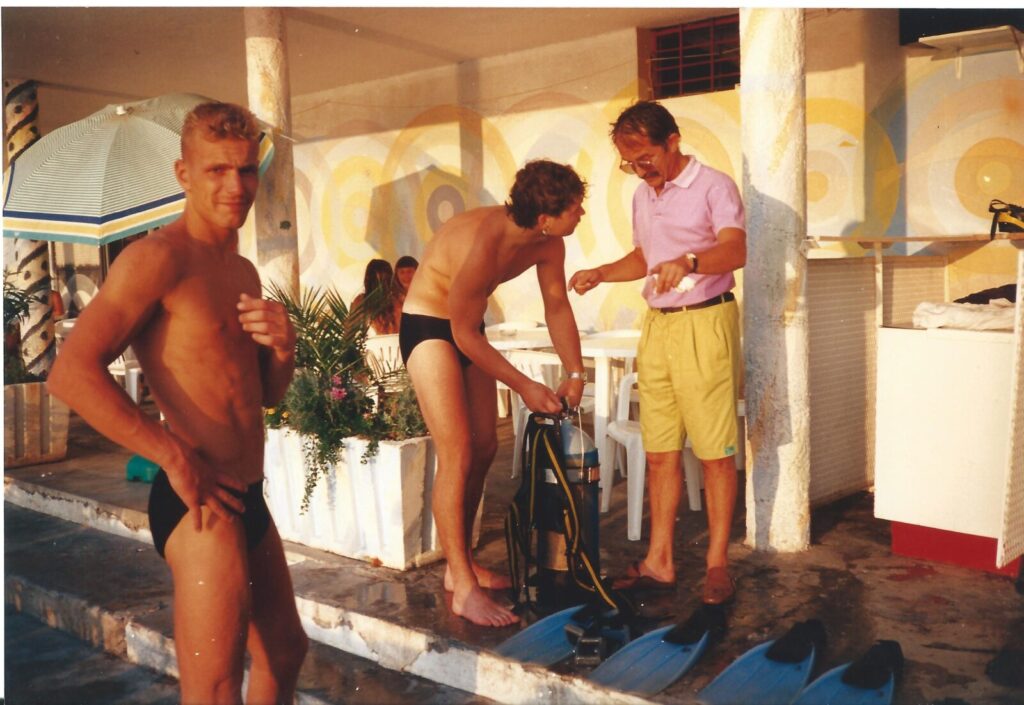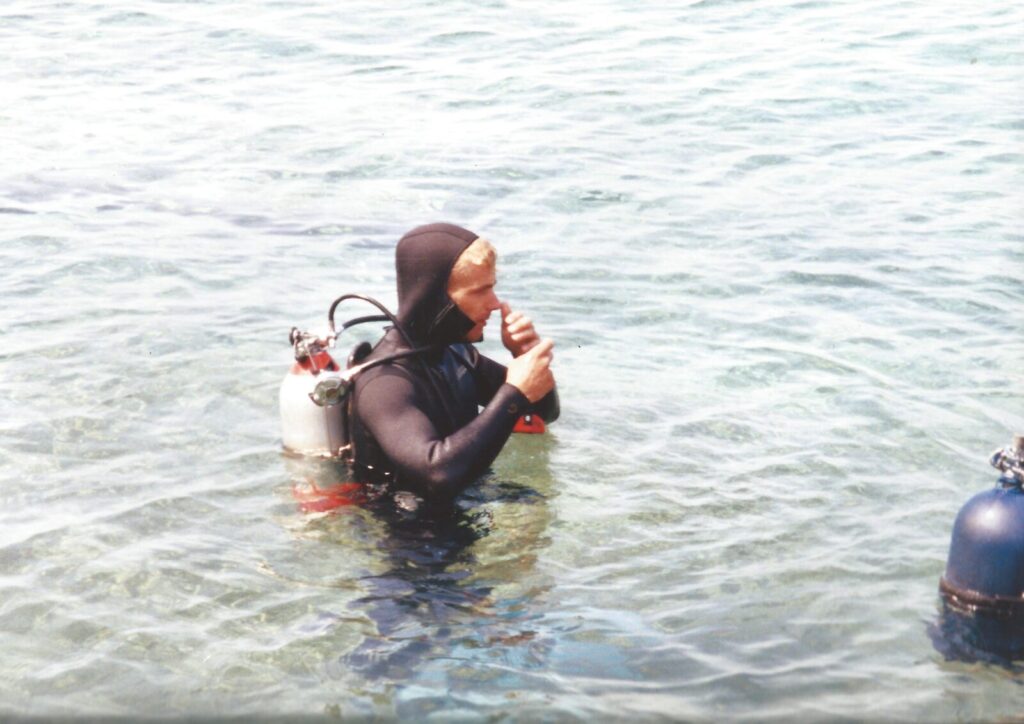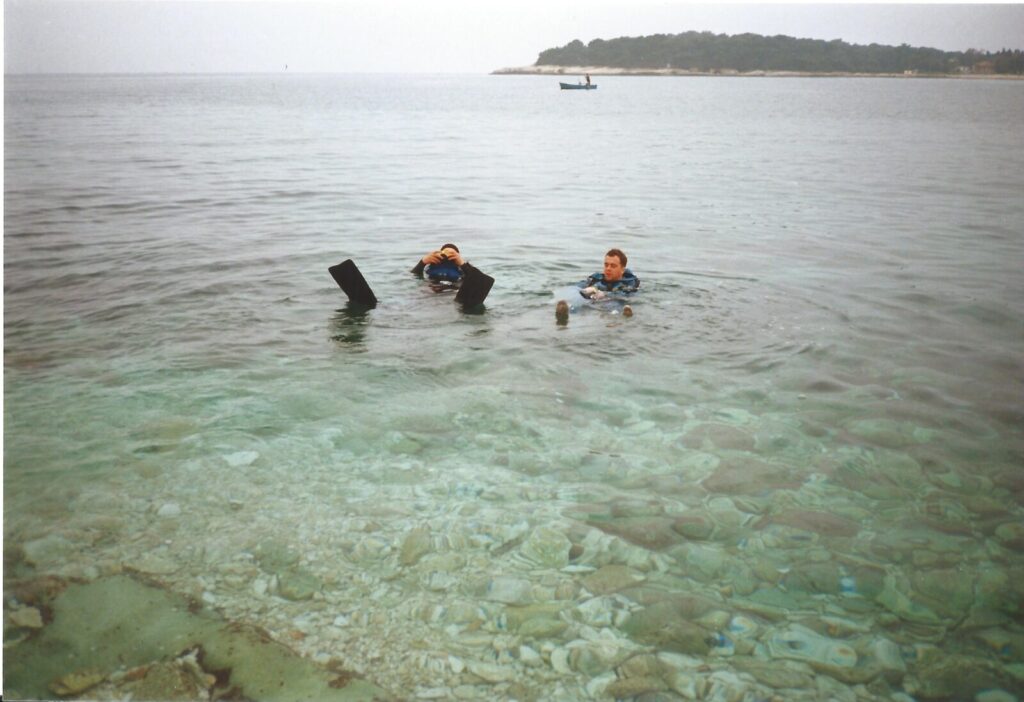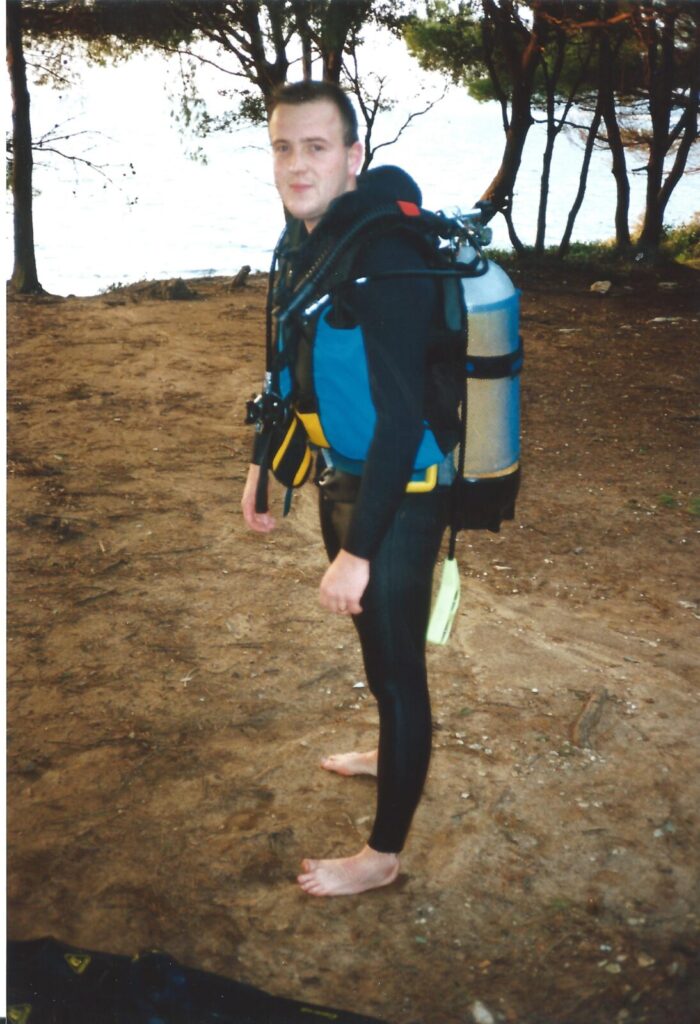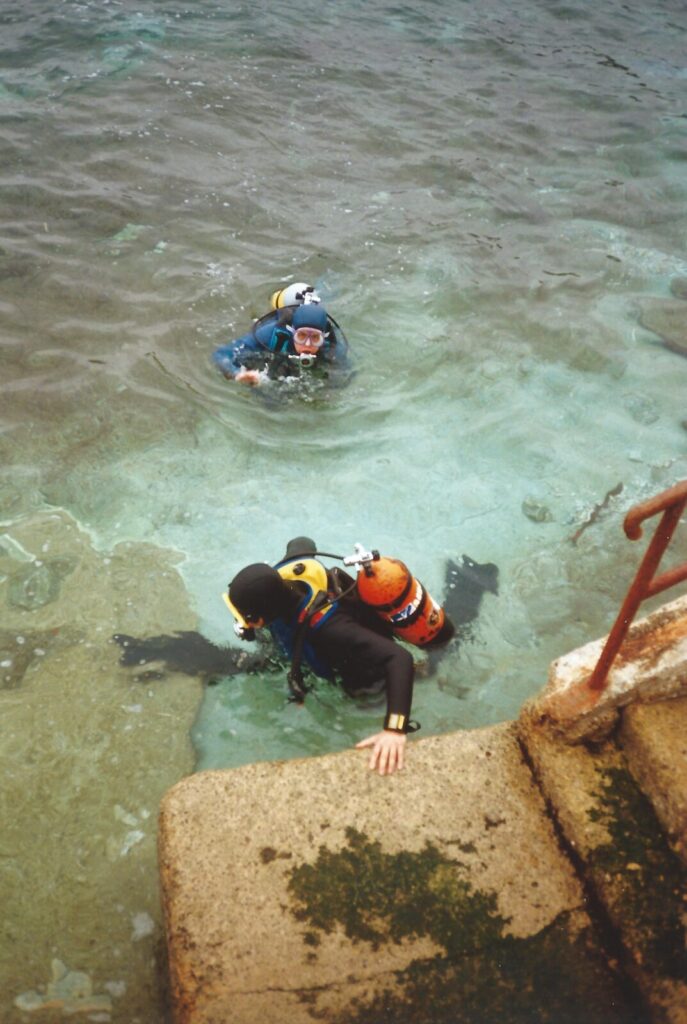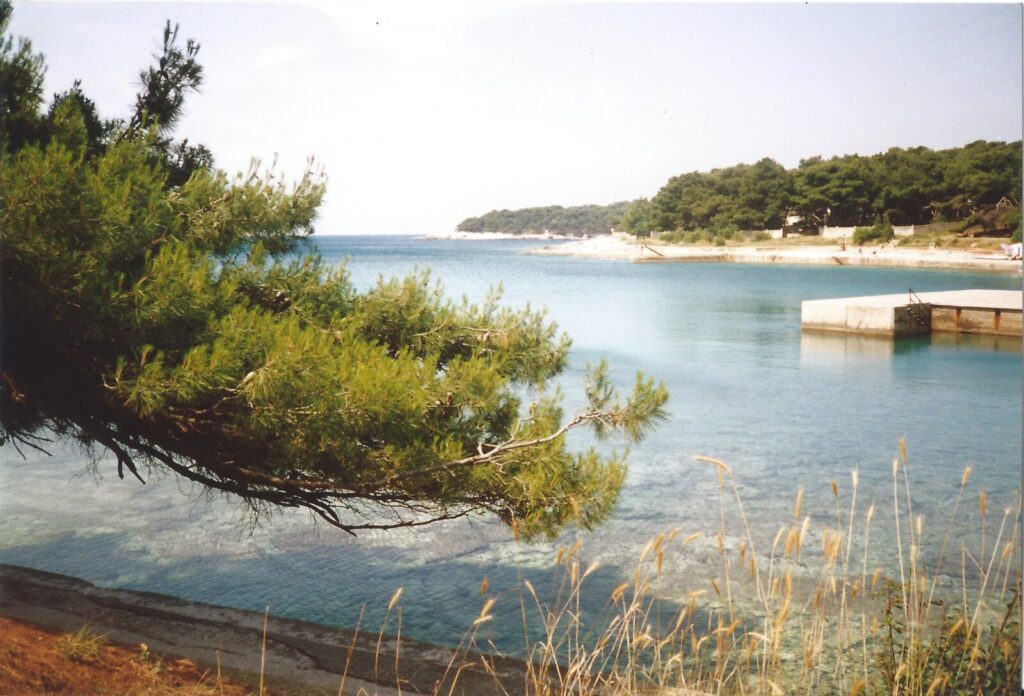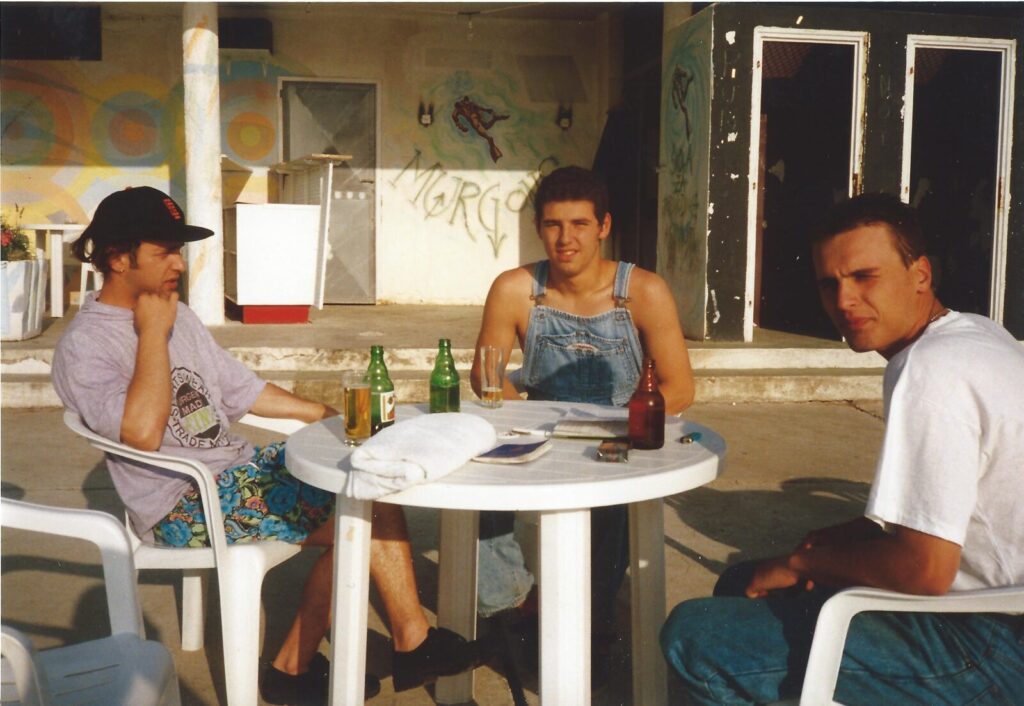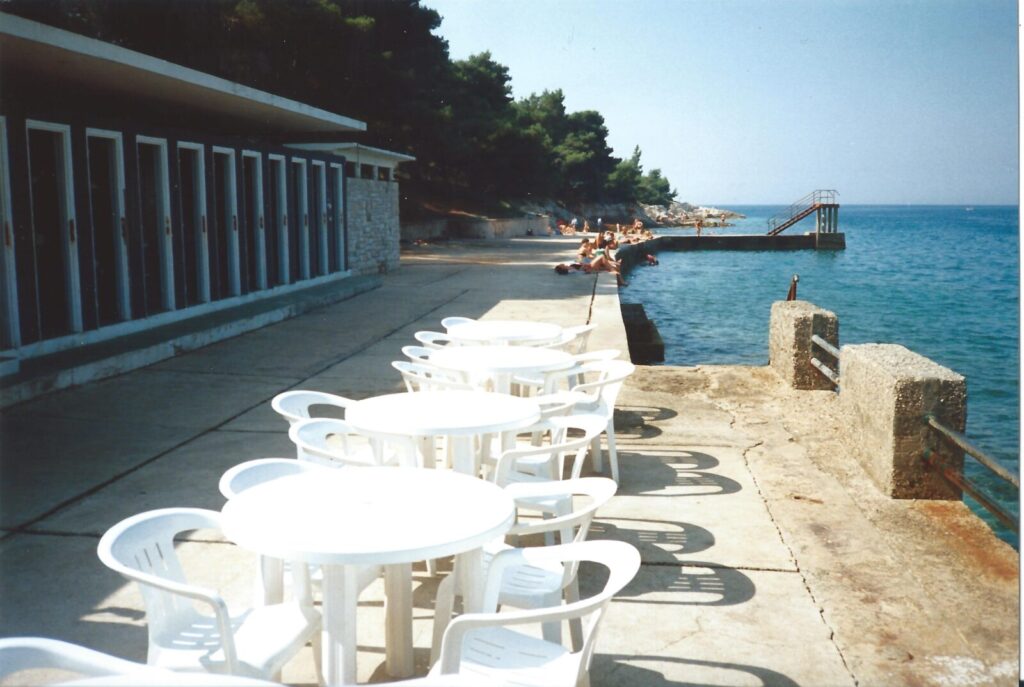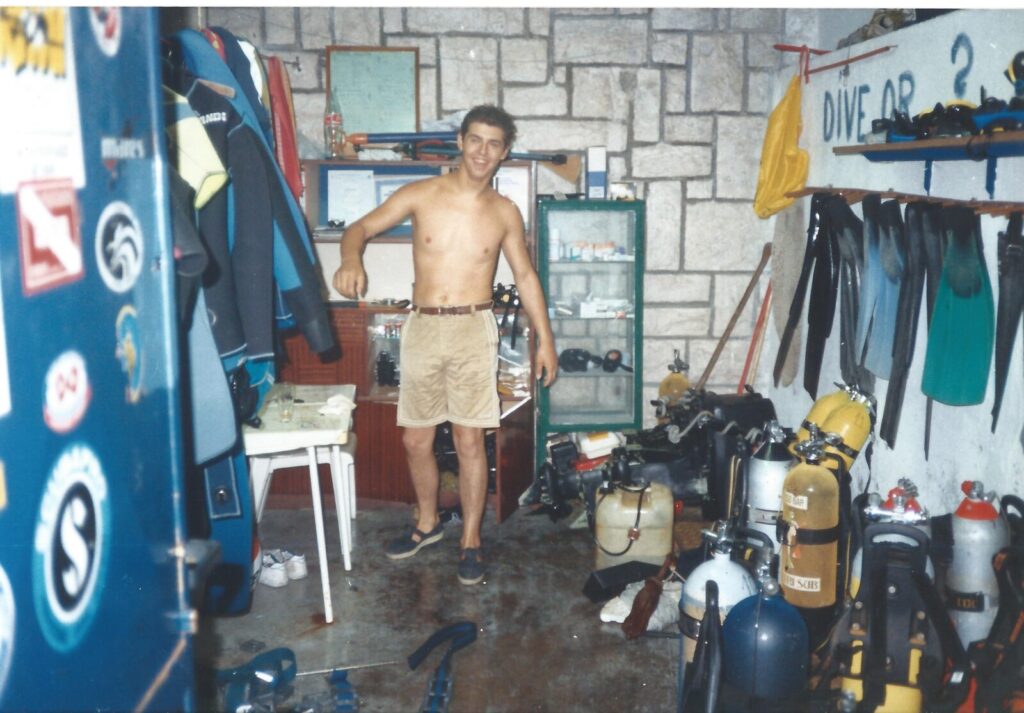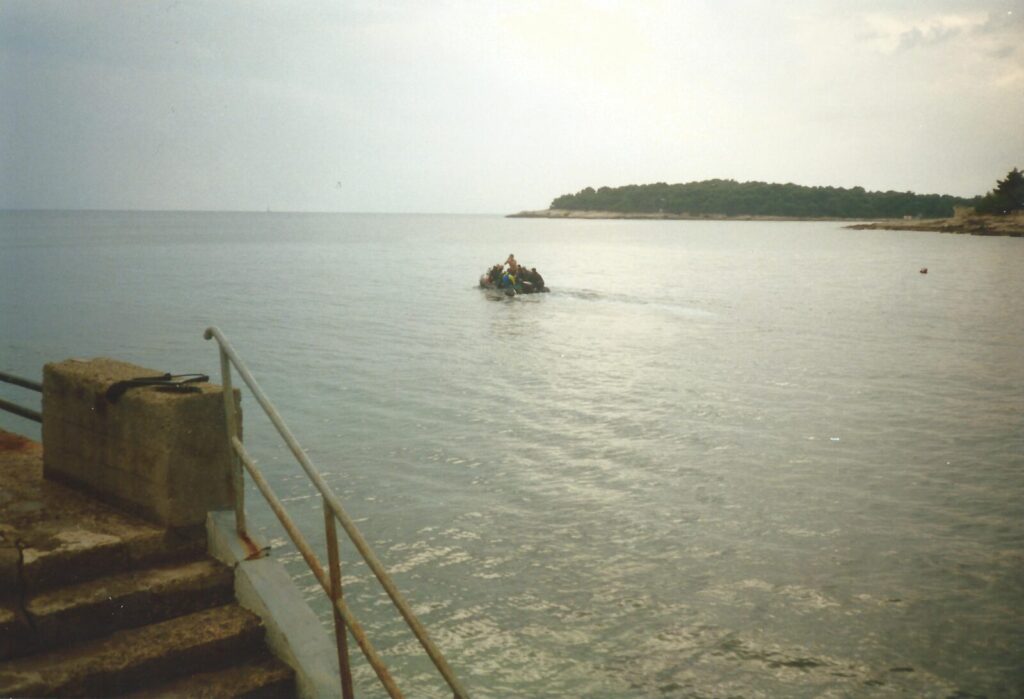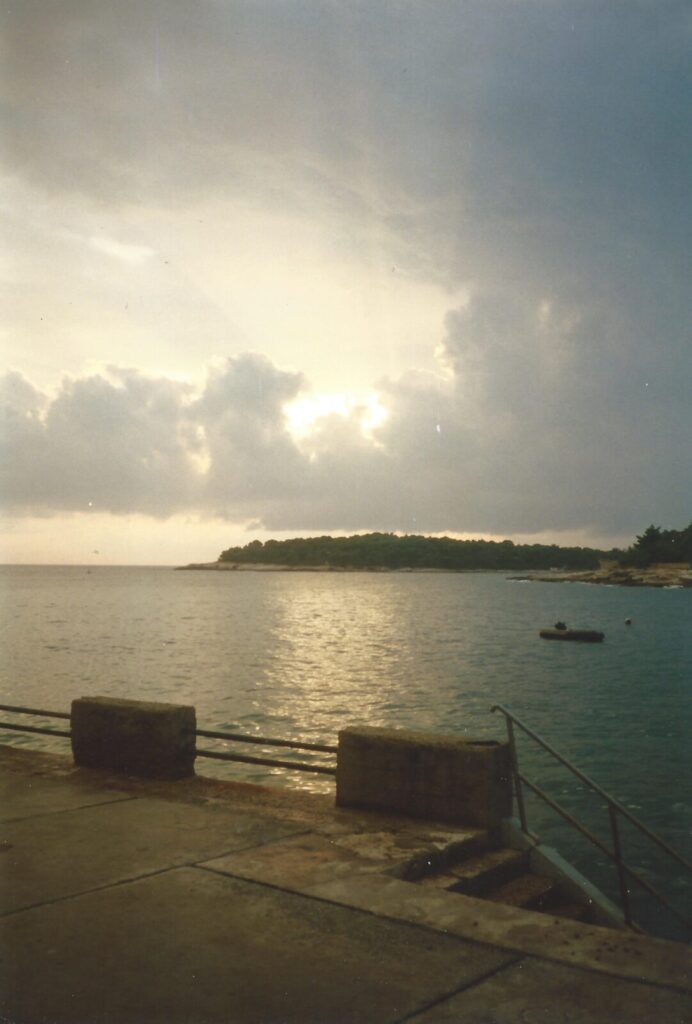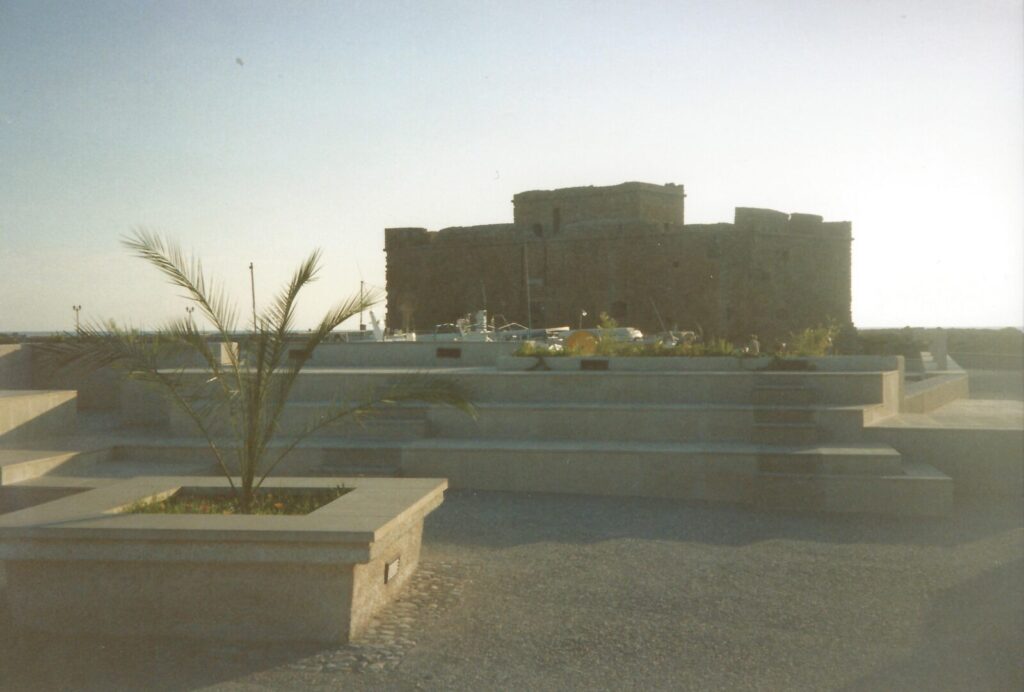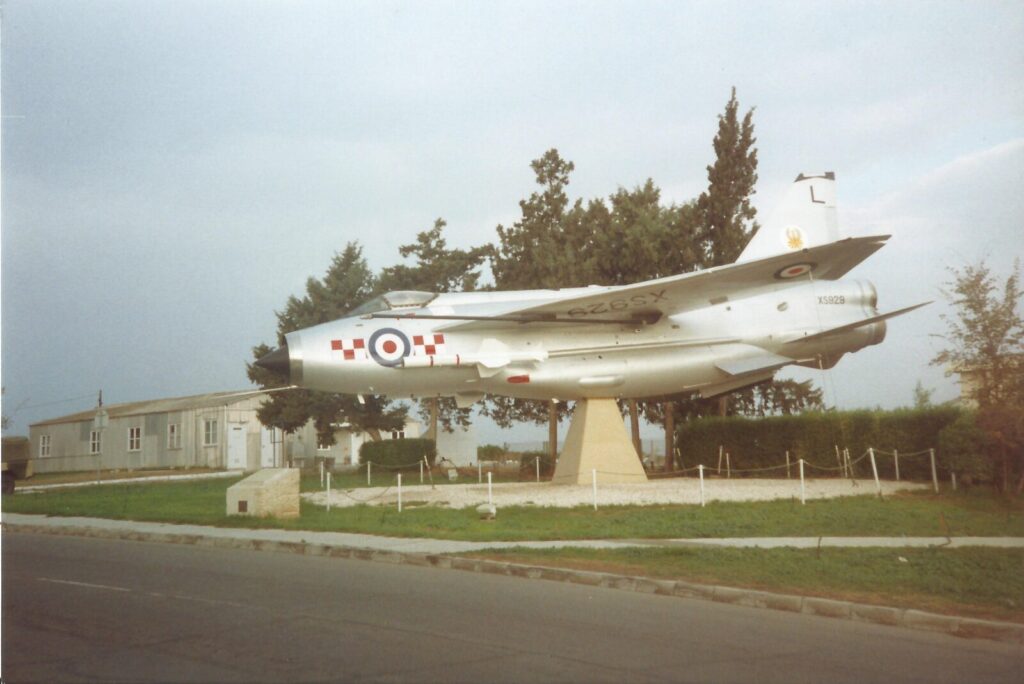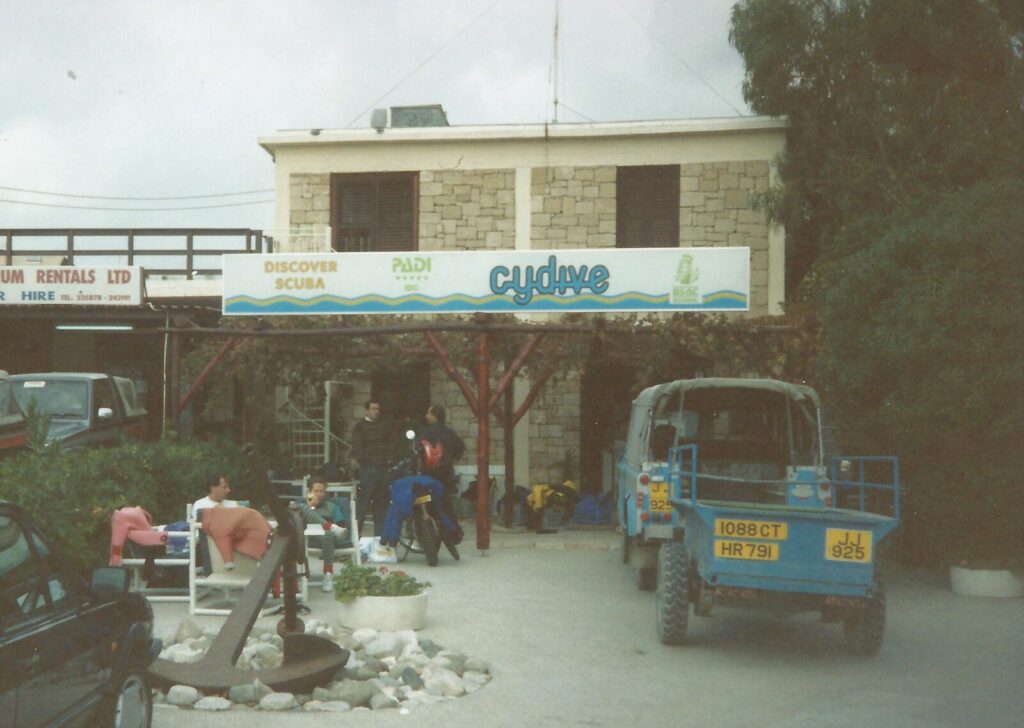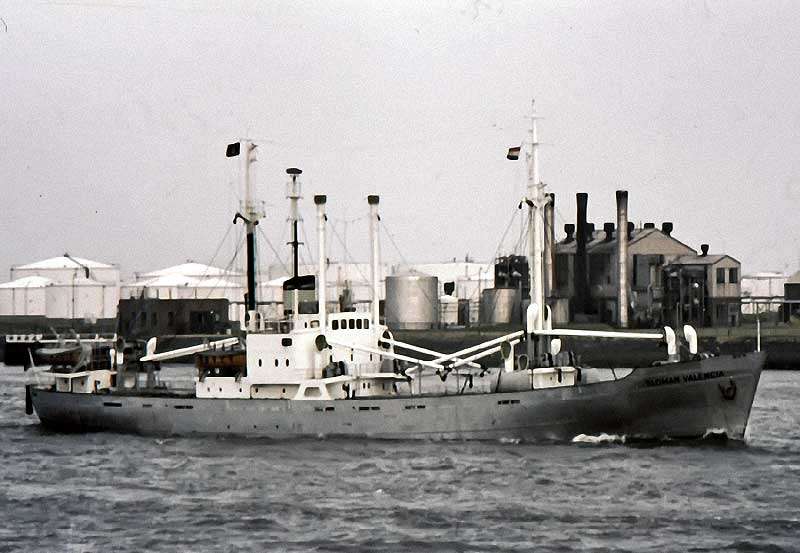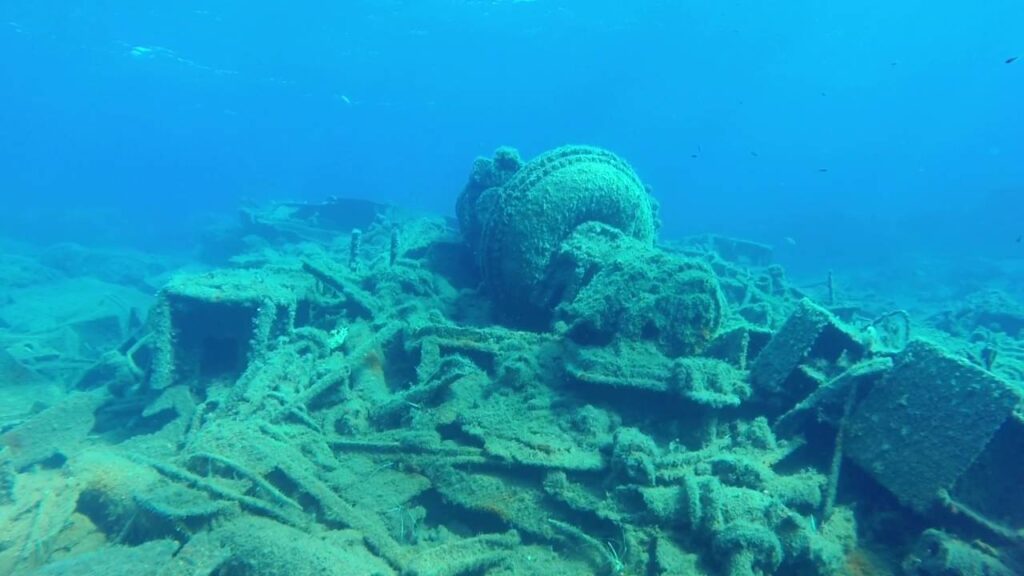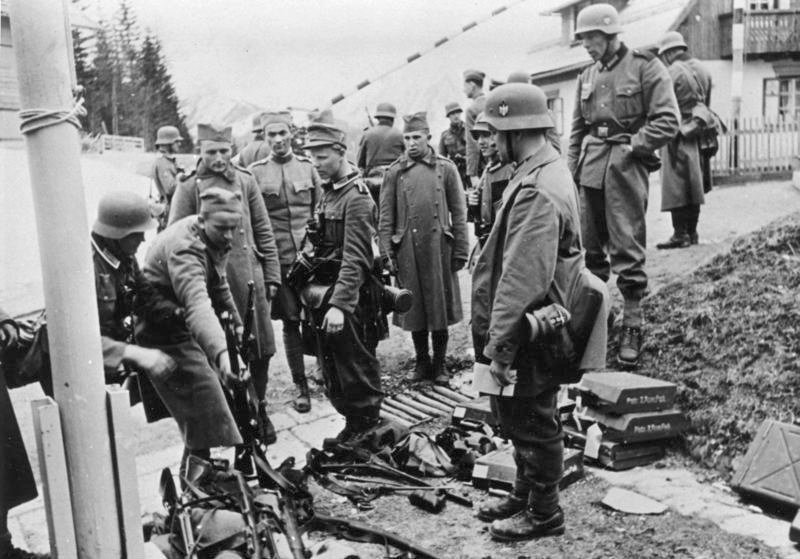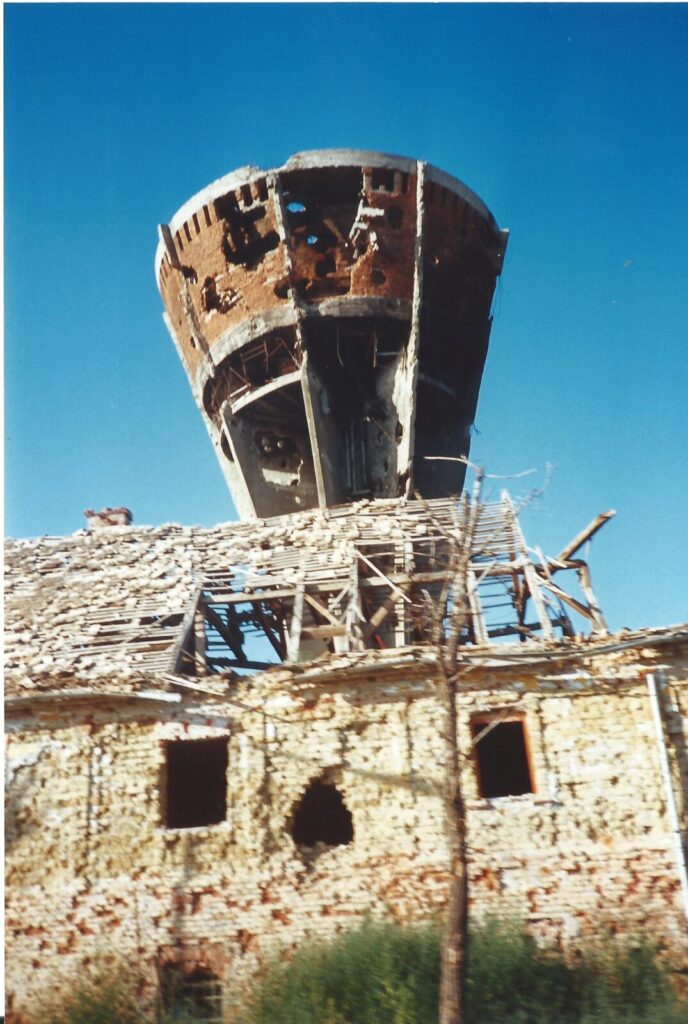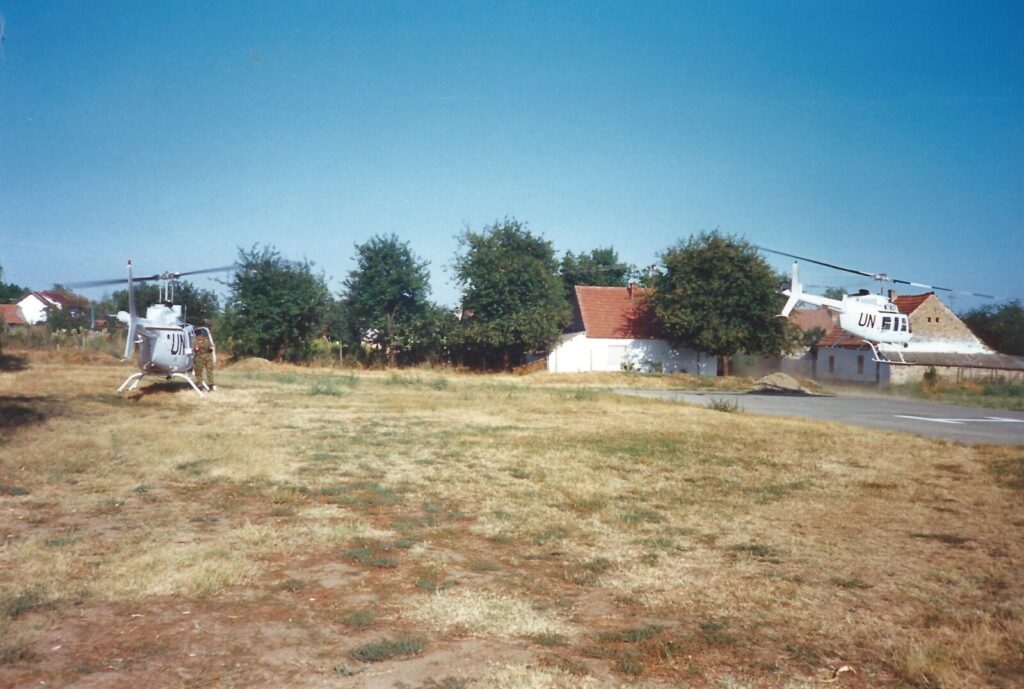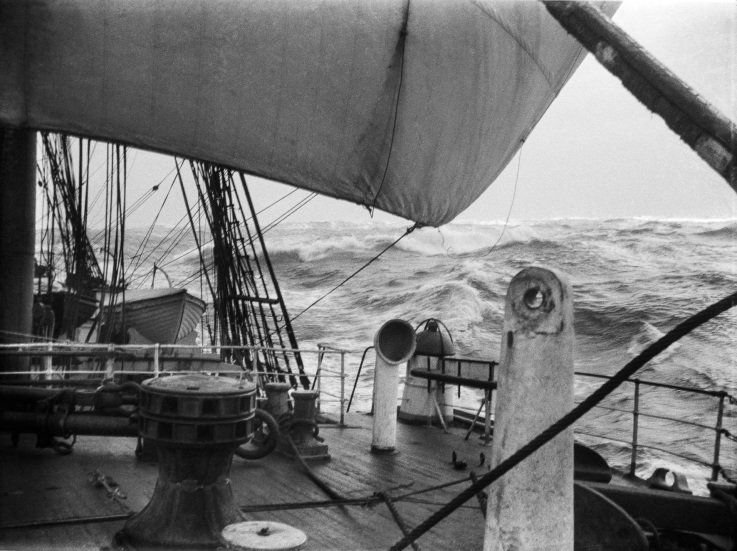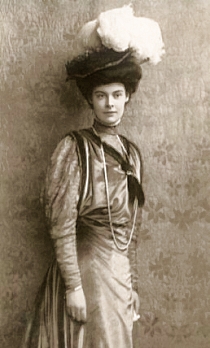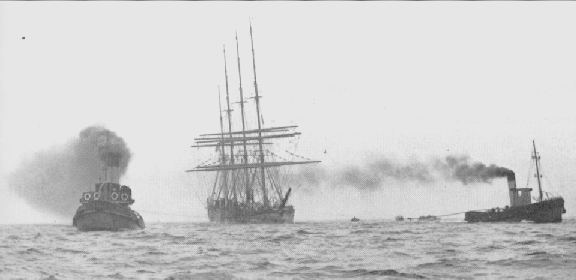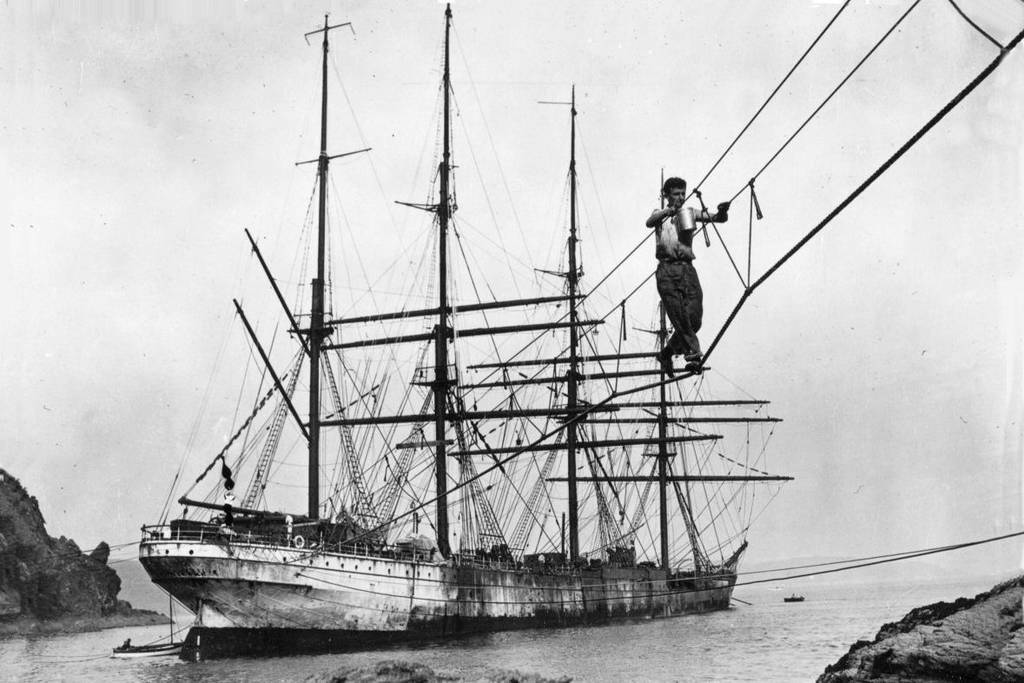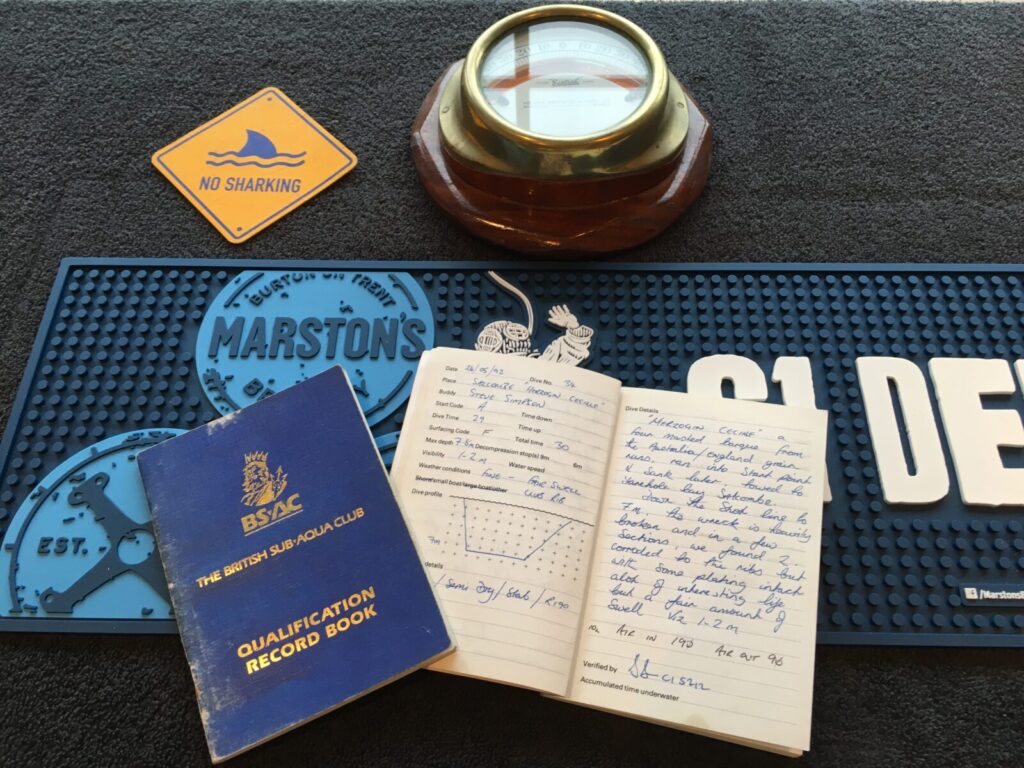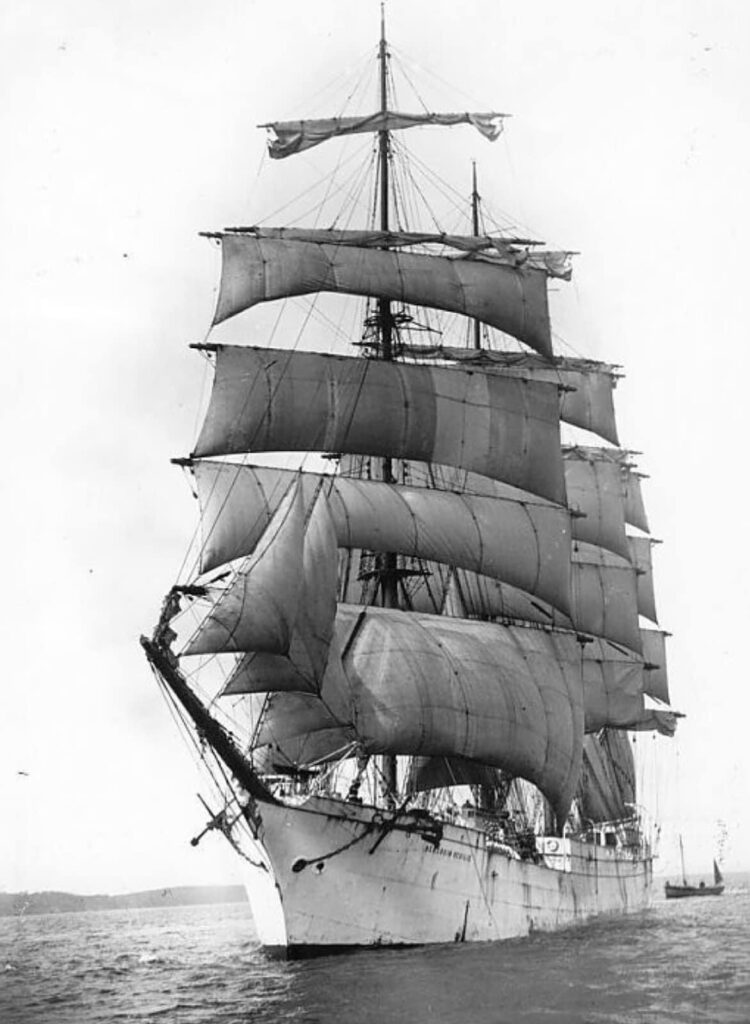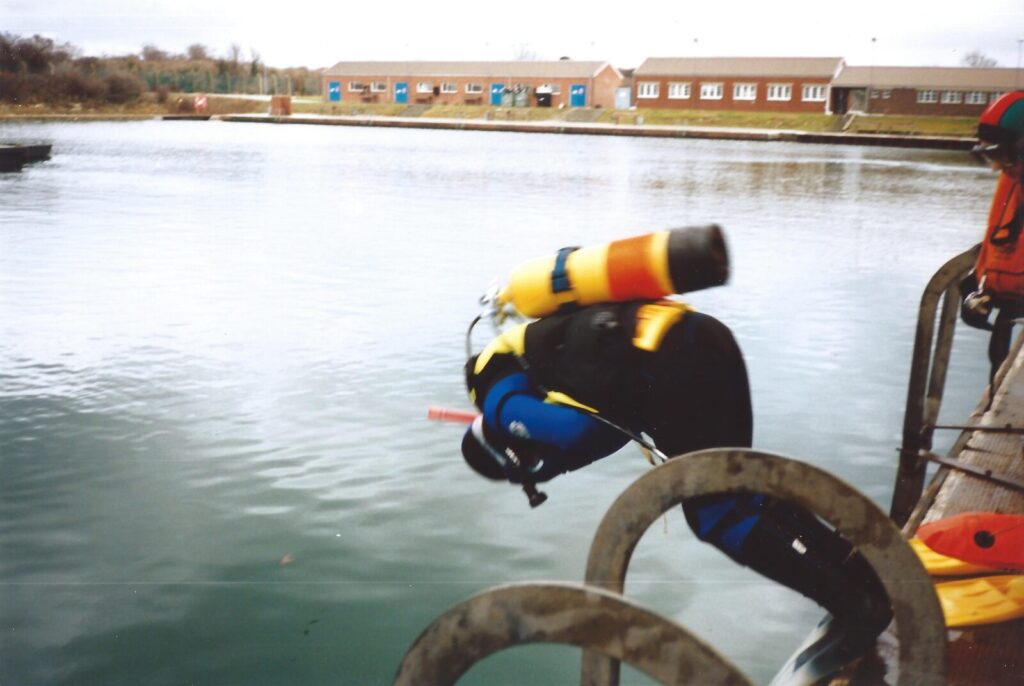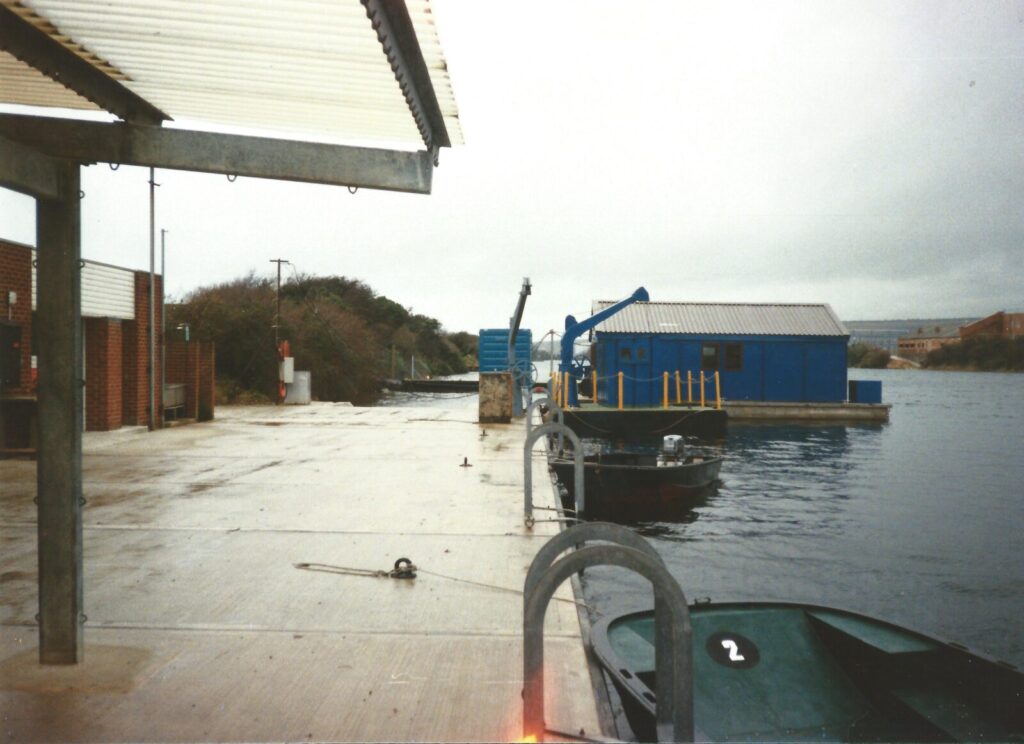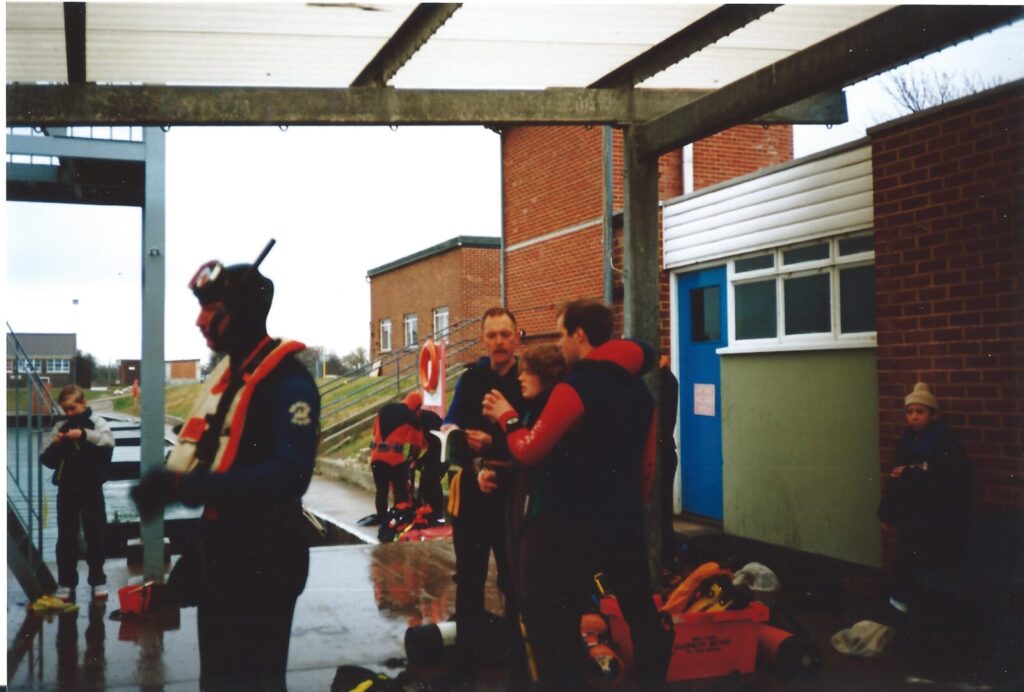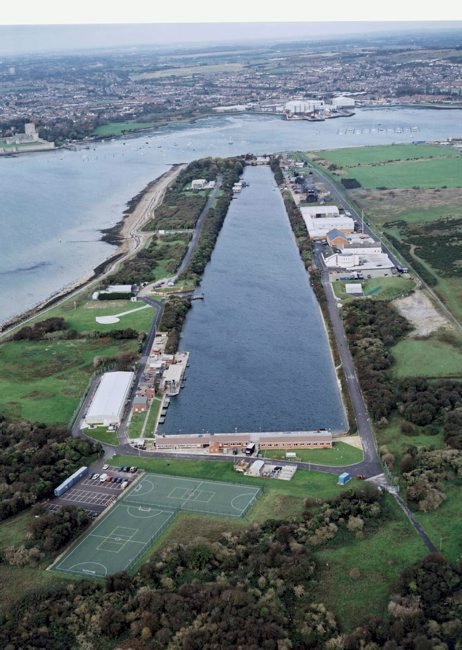This was a rare dive, a Red Sea live-aboard on the “Best of Wrecks” itinerary starting in the Southern Red Sea round the Brothers Islands and working our way back up North to dive the wrecks along the way. I had first dived the Red Sea 02/08/1997 on the Live-Aboard “Princess Dalal”, a week long diving expedition I organised for a couple of the Deep Blue divers of Fenton Sub Aqua Club. I will post that and more about Wreck Diving in the Red Sea another time on here, but this is the first attempt to get a YouTube video into the posts, and this one is a favourite filmed by complete accident by a friend of mine, Mark Milburn of Atlantic Scuba in Mabe, very near Falmouth.
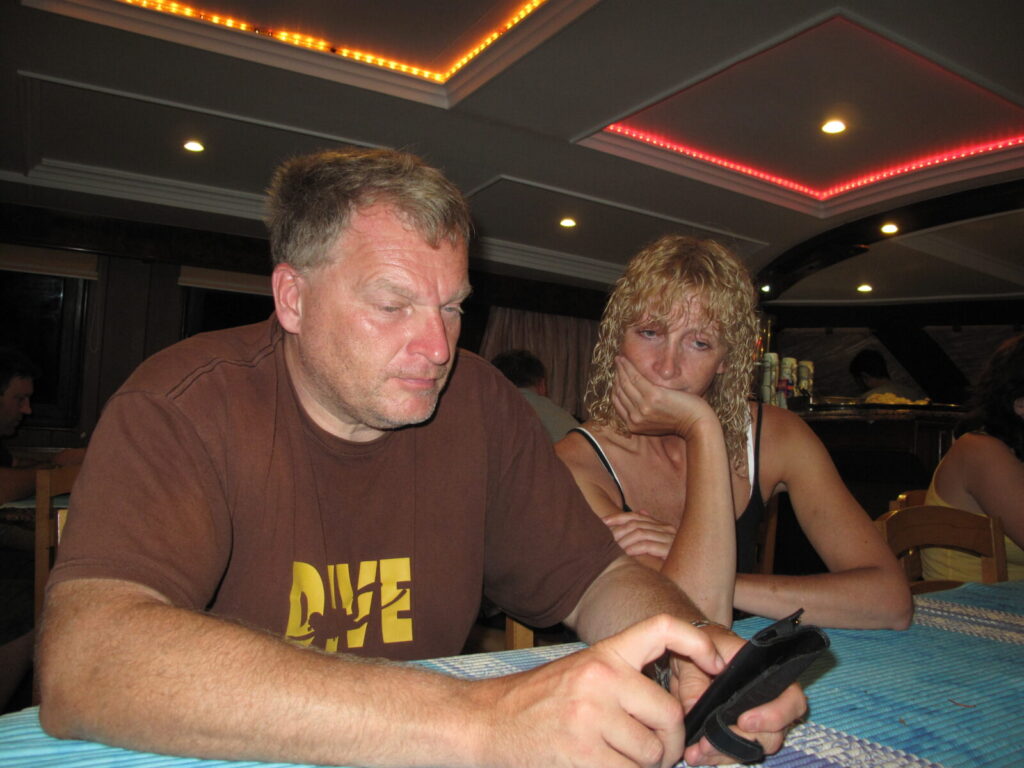
Mark and I met on a previous Live-aboard in the Red Sea and I have dived with him and his partner Ruth on his RIB out of Falmouth and had a great time too. Mark is a former commercial diver, often found “Scalloping” or making one of his numerous appearances on TV, before he decided to take up scuba diving as a “career” and Mark has a talent for filming as you will see if this works out right! When I say the video is a complete accident, it does not mean Mark didn’t intend to film, it just means Craig Topliss (my dive buddy on the day) and I were never meant to be the subjects of the video, and as you will see, the real subject of the video was unintentional too, but changed the direction of Mark’s dive and stands as an iconic piece of filming in its own right
The most obvious thing in the whole video is me being completely ignorant of the entire event, I am the First diver in shot and I never saw the Moray or knew it was there, Craig saw the whole thing but to be Frank, if I hadn’t seen Mark’s video myself, I wouldn’t have believed it happened! It goes to show several things, no matter how much you are enthralled by what you are doing and seeing…..just out of sight, just around the corner, something even more remarkable is likely happening! Those on the live-aboard have never let me forget this sequence, I have always said my diving is Wreck Diving, and will always be Wreck Diving, it is rare I dive for any other purpose nowadays, but if ever there was proof, this stands as being as close as you can get!
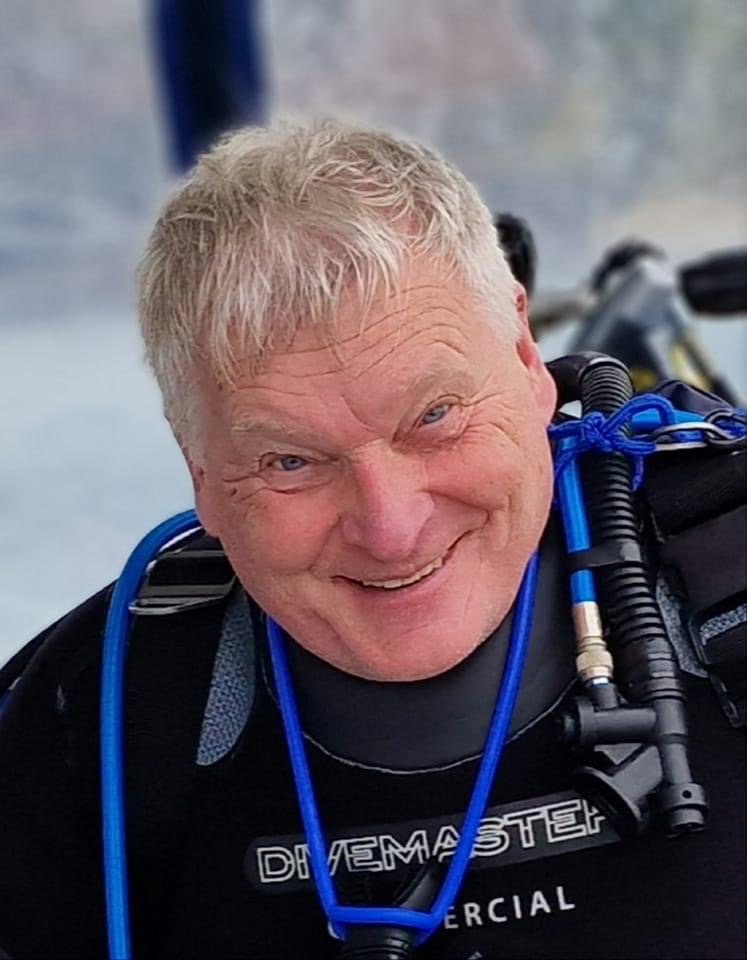
It is with great sadness we say goodbye to a friend, a diving icon and a truly larger than life character. Mark passed away very suddenly on the 06th April 2023. Diving has lost a true advocate and a local Cornish legend
Prayers are with Marks Partner Ruth and his world of friends
Rest Well Mark
“The Darkness Around Me Shores of a Solar Sea ……….“
